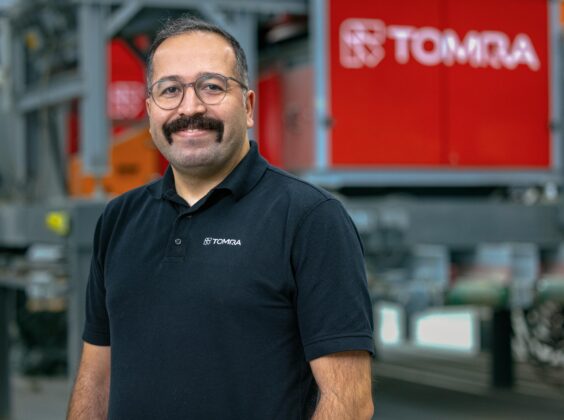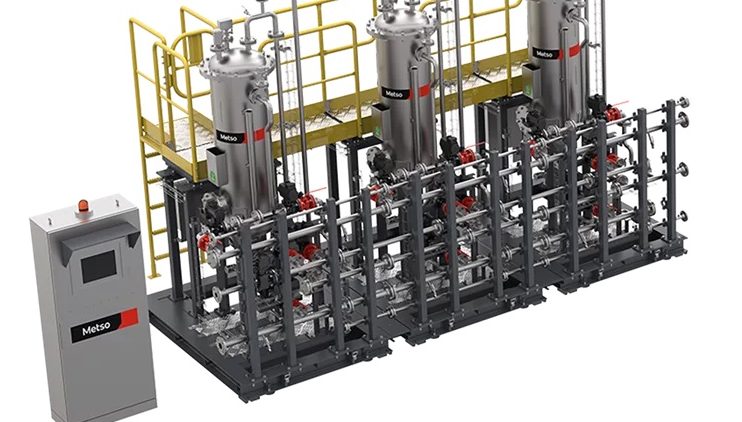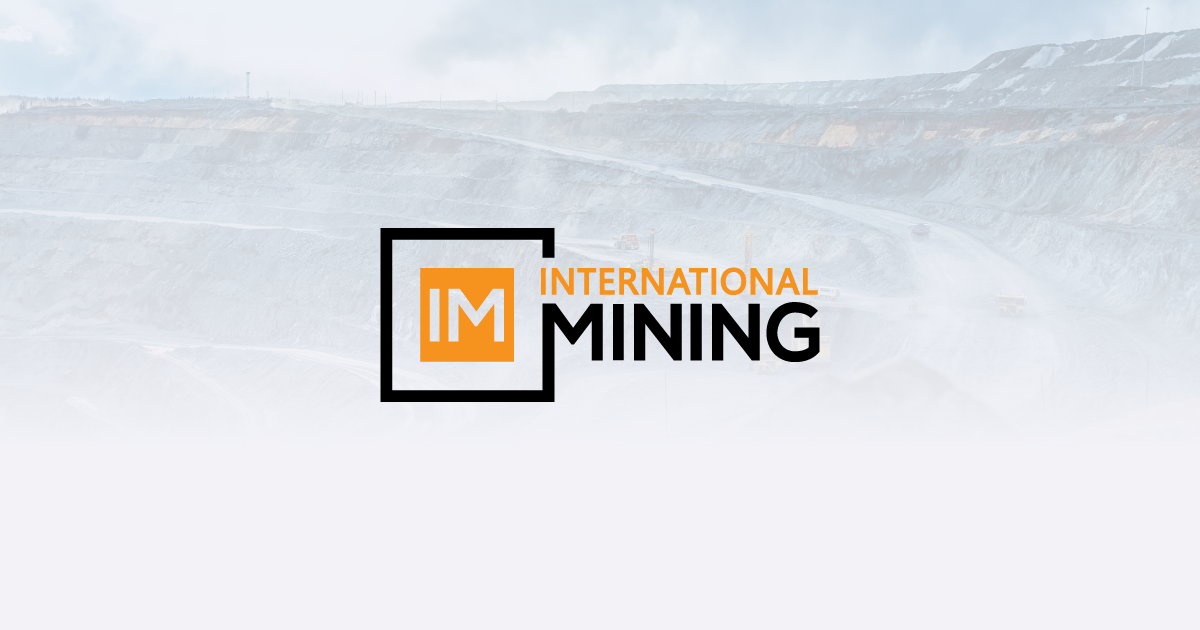TOMRA Mining says its sensor-based sorting technologies are redefining how minerals are recovered, transforming once-discarded material into a valuable resource, extending mine life and strengthening supply security for the energy transition.
Sensor-based sorting is redefining efficiency in mineral processing by addressing one of the industry’s long-standing challenges: how to extract more metal from every tonne of ore while using fewer resources.
By separating barren material early in the process, miners can significantly reduce energy, water and chemicals required for downstream treatment, unlocking value from ore that was previously uneconomic. This shift enables operations to recover more from what they already mine, turning lower-grade and marginal deposits into viable resources, TOMRA Mining says.
As ore grades continue to decline and operational costs rise, it has become increasingly important for mining companies to extract maximum value from every tonne of material. TOMRA Mining applies cutting-edge X-ray Transmission (XRT), Near-infrared (NIR) and Laser sorting technologies to selectively separate valuable minerals from waste rock before processing. This early intervention reduces the need to crush, mill and chemically treat all mined material, lowering the use of energy and inputs, increasing recovery rates and substantially reducing tailings volumes, according to the company. The result is a more efficient, sustainable and economically resilient operation.
“At its core, sensor-based sorting addresses one of mining’s greatest inefficiencies: we are able to recover more metal from the same amount of material,” Rasoul Rezai, Global Segment Manager Metals at TOMRA Mining, says. “By rejecting waste early, operators feed higher-grade material into their mills, reduce operational expenditure and improve overall efficiency. This is particularly crucial for critical minerals, where supply tensions are increasing worldwide.”
This approach has delivered tangible results in mines across the world. At Eloro Resources’ Iska Iska polymetallic project in southern Bolivia, TOMRA’s XRT ore sorting tests demonstrated the potential to reject significant quantities of sub-cut-off-grade waste, which dramatically reduces the capital and operating costs, permitting lower-grade ore blocks to be processed.

In Europe, TOMRA Mining is contributing its expertise to the EU-funded Li4Life project, which aims to develop technologies that enable access to lithium from existing mining deposits and tailings, reducing pressure on primary supply. This collaboration highlights the growing recognition of sensor-based sorting as a vital technology for ensuring the long-term security of critical minerals supply chains.
With decades of pioneering innovation of sensor-based sorting, TOMRA Mining says it is redefining how the industry approaches mineral recovery. Its sorting technologies enable operators to identify and separate valuable minerals with precision, even in complex or lower-grade deposits.
Recent AI-powered advancements have expanded the capabilities of TOMRA’s XRT sorters. OBTAIN™ can double sorting capacity without changing the machine’s size and mechanical design, while CONTAIN™ detects inclusion-type ores such as tin, tungsten, nickel, copper and sulphides, revealing even the smallest inclusions. Together, they form what Rezai describes as “a new set of wings” for XRT technology.
Field trials at Wolfram Bergbau in Mittersill, Austria, demonstrated the transformative potential of these innovations. OBTAIN increased revenue by 12% with the same product quality while reducing water consumption by 40%, with no change in annual tonnage. “It immediately changed the way we think about sorting and processing,” David Comtesse, Production Manager, said. “This isn’t just an upgrade – it’s a completely new level of performance.”
Another breakthrough, the TS100 precision ejection system, reduces air consumption by up to 70%, lowering operational costs and increasing recovery even further. TOMRA’s portfolio of technologies allows operators to tailor solutions to the specific characteristics of each ore and deposit.
Beyond the technology, TOMRA takes a collaborative approach to ensure every solution is optimised for the unique needs of a customer’s mine and business case. Testing is conducted at TOMRA’s global network of Test Centers in Germany, Australia and South Africa, and the company’s experts work closely with operators on site to fine-tune performance and maximise efficiency.




